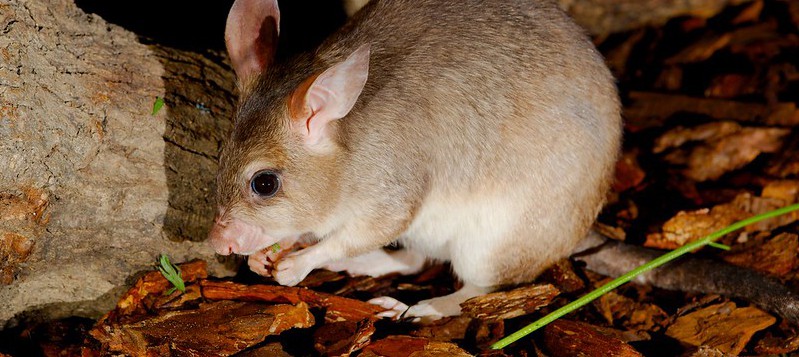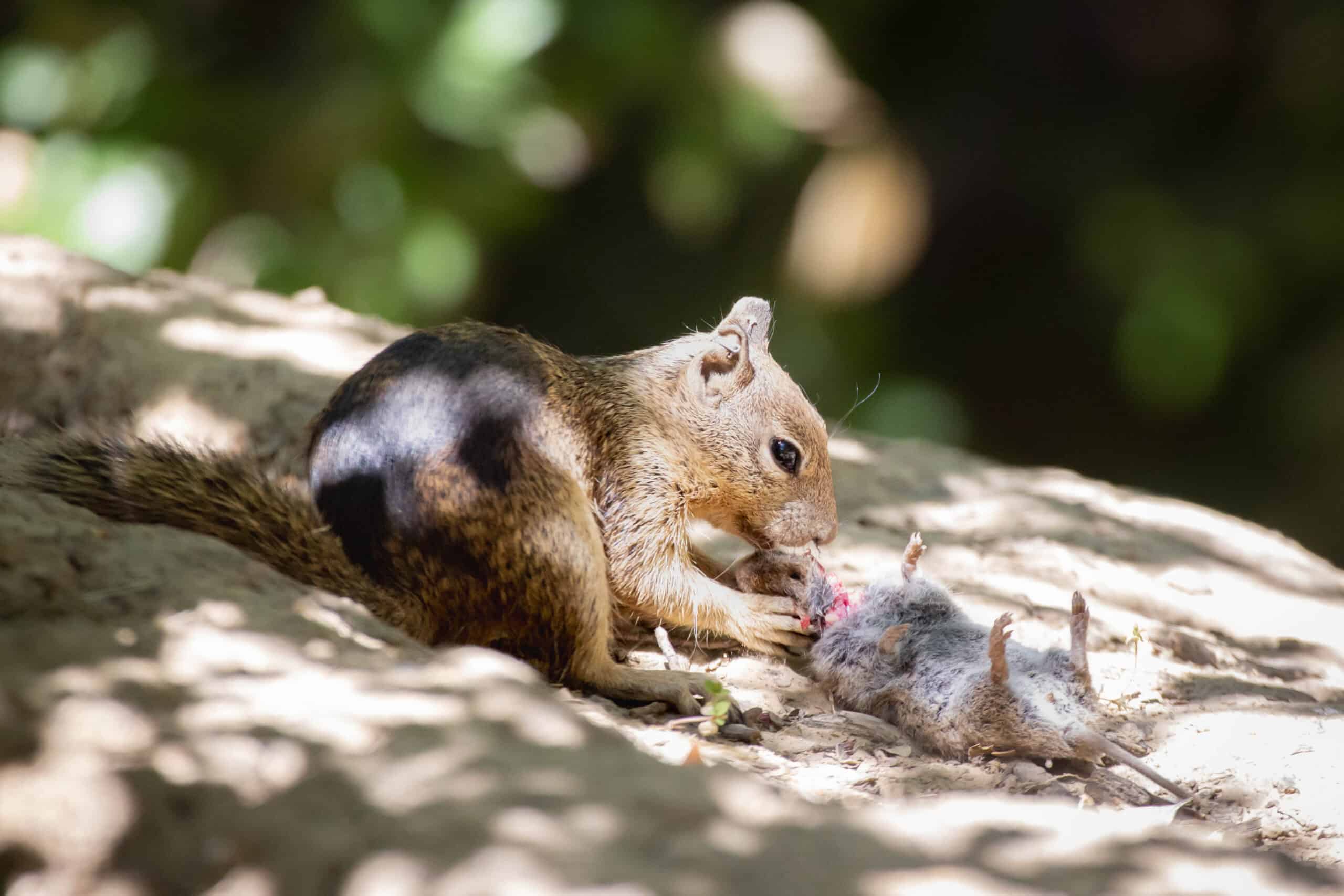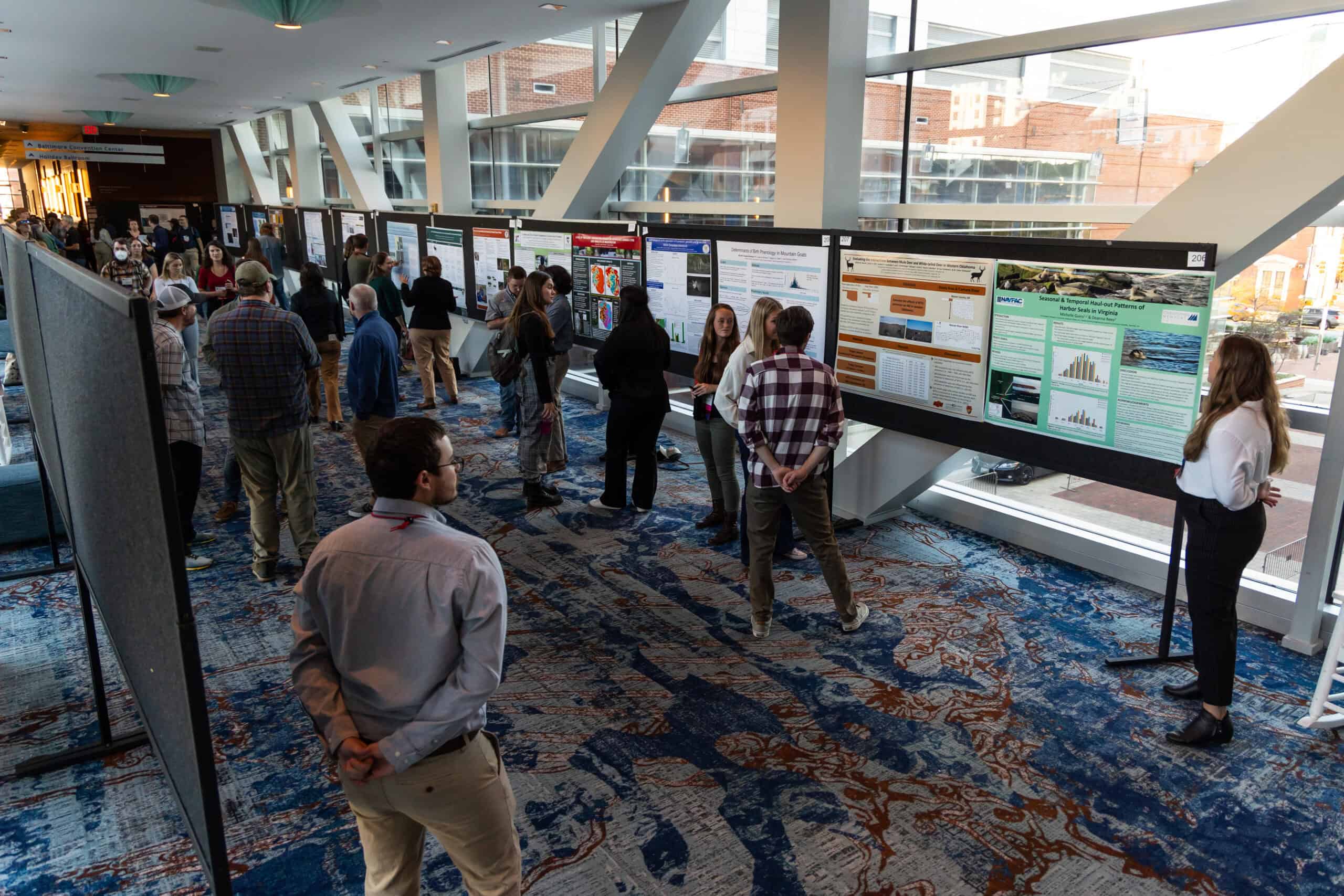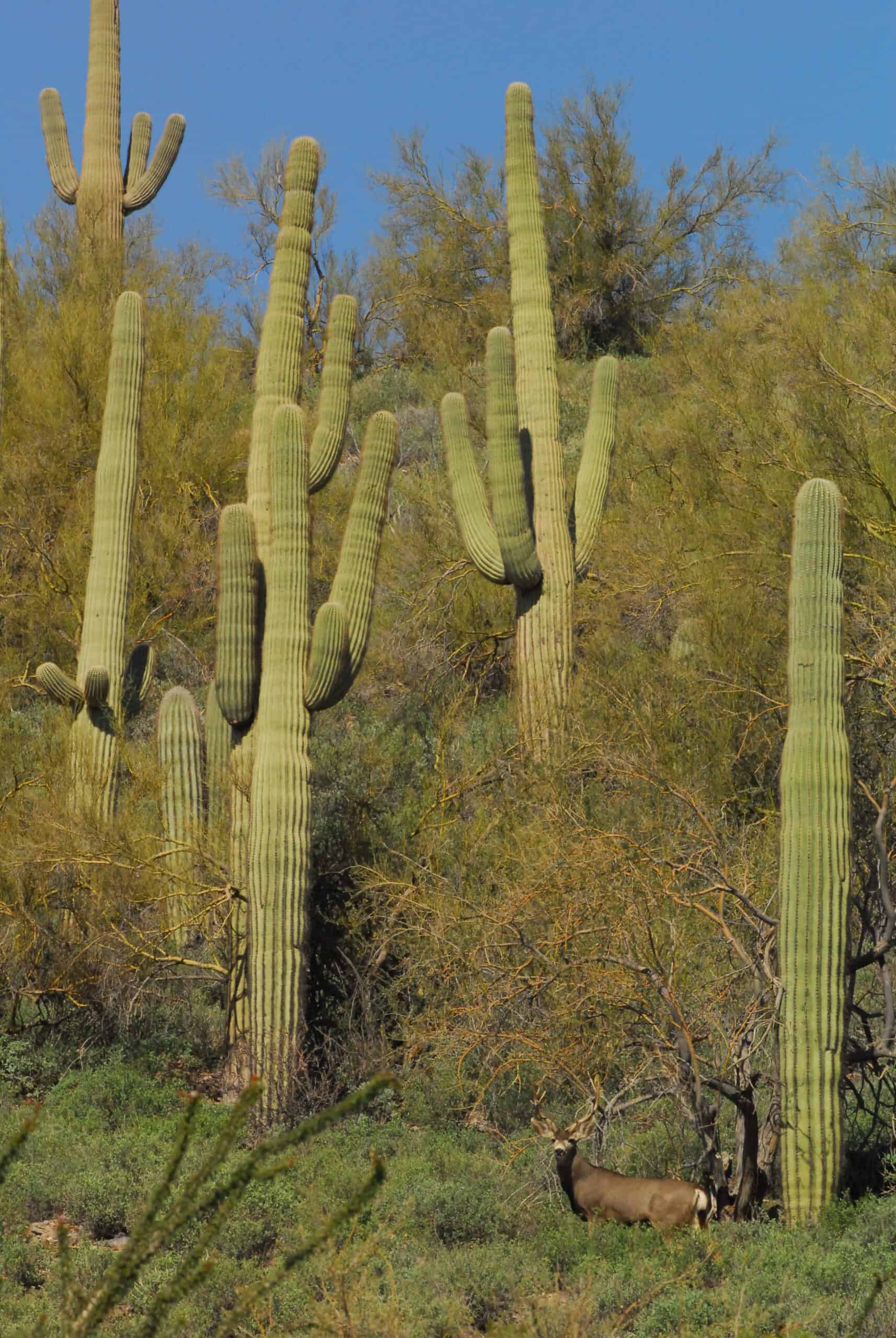Share this article
How we spend our money can impact species extinction risk
Even though you may think you’re doing everything right to protect wildlife—planting pollinator gardens or native trees—even a simple sandwich you buy for lunch can add to the biodiversity crisis.
When you pay for a $5 sandwich, for example, some of that money is spent on the flour to make bread that came from the person milling the wheat. Some of it goes to the electricity needed for the sandwich press. Some goes to the shop owner. And some of the raw materials may come from around the world. The use of these raw materials and labor, researchers found, can add to extinction risk of many species.
Researchers figured this out by using a method that has been successful in calculating carbon footprints. When Amanda Irwin decided to switch careers after 25 years of working at Procter & Gamble, studying how what we buy contributes to biodiversity loss was the perfect fit. “I decided to go back to university in the area of sustainability,” said Irwin, a PhD student at the University of Sydney. “I wanted to build out my knowledge on something I was passionate about.”
Irwin led a study published in Scientific Reports looking at how, on a global scale, what we buy may impact species’ extinction risk. To do so, she tapped into input-output methodology introduced back in the 1930s to track money as it goes through the economy. “Society does a very good job of tracking where your money goes,” she said.
Using the International Union for Conservation of Nature’s Red List to quantify extinction risk, Irwin and her colleagues logged 118 different threat classes for more than 5,000 mammals, birds and amphibians in 188 countries. Then, they looked at how human consumption may be linked to these extinction risks.
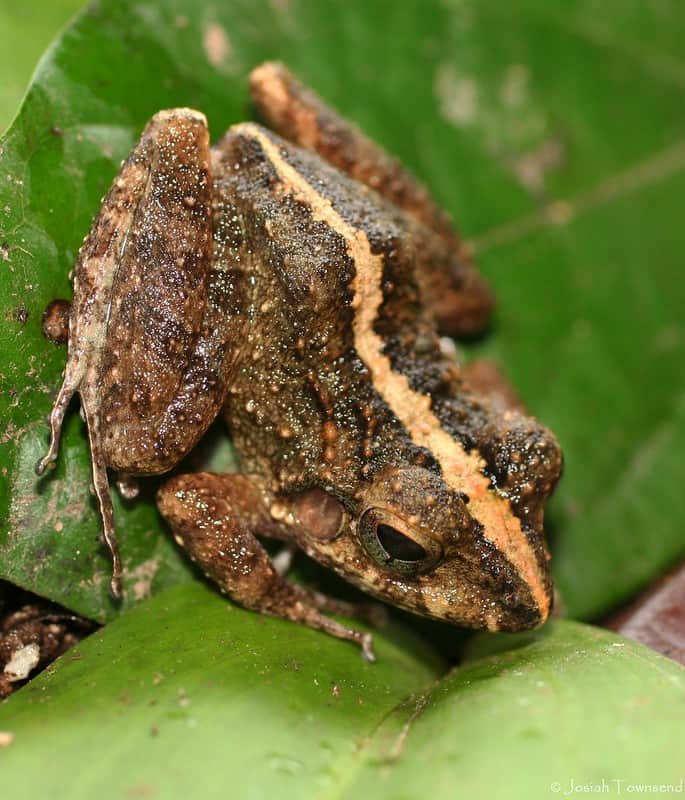
Researchers find the U.S. drives 24% of the extinction risk footprint of the Nombre de Dios streamside frog, a critically endangered frog found in Honduras. Credit: Joe Townsend
They found that consumption in Europe, North America and East Asia was primarily driving extinction risk in other countries, for species like the Nombre de Dios Streamside frog (Craugastor fecundus) in Honduras and the Malagasy giant jumping rat (Hypogeomys antimena) in Madagascar. The U.S., for example, is responsible for 3% of the extinction risk footprint of the Nombre de Dios Streamside frog from consuming tobacco, coffee and tea in areas used by the frog. For the Malagasy giant jumping rat, 11% of its extinction risk footprint comes from European food and beverage products using ingredients from its range.
Food and beverage consumption had the largest impact on species extinction risk followed by agriculture and then construction. In many places, like Madagascar, the extinction risk footprint was high but most of the consumption driving this footprint occurred outside of the country.
Irwin said she hopes this research is used to inform the upcoming Conference of the Parties to the Convention on Biological Diversity, known as COP-15, planned to take place later this year in China. “International agreements can be developed to determine how much financing is available to support conservation activities in developing countries,” Irwin said. “Our research provides new information on the connection between the locations of consumption and the location of direct impacts on species which can help inform the flow of that financing.”
Header Image: The Malagasy giant jumping rat’s extinction risk is increased by consumers in other countries. Credit: Josh More



